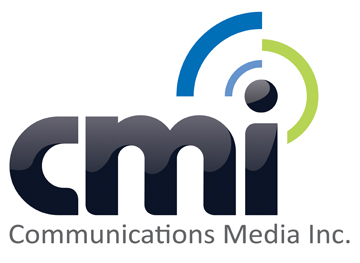Although doors are increasingly closing on reps, data from CMI/Compas show a number of contradictions among healthcare practitioners and just what they want when it comes to pharma industry communications.
As an example: 85% of surveyed endocrinologists, 84% of neurologists and 86% of urologists told the marketing group that they prefer in-person detailing to alternates, like e-details, web conference and phone calls. But when CMI asked its 2,173 specialists from categories like hard-to-reach oncologists, general practitioners, pediatricians and psychiatrists, their overall message was that specialists want to see reps, just as long as the in-person chat takes five minutes or less to provide information and get out.
This short window spanned pretty much every category of rep contact. Eighty-five percent of HCPs polled said the ideal “visit” was five minutes or less, with many favoring the five-minute web conference (43%), e-detail (79%) and in-person visit (50%).
For those seeking more time, tread carefully. CMI’s stats show a very limited tolerance for visits lasting up to 15 minutes across these touchpoints, with a precipitous drop once things move into the 16-minute plus category. In short, reps should not waste time banking on a 16+ minute phone call, whereas there was more willingness (16% of polled HCPs) for web conferences. As for a leisurely 30-minute conversation, forget it. Zero to 2% of polled doctors favored a 30-minute phone call, web conference, e-detail and in-person visit.
CMI’s chief marketing and innovation officer Susan Dorfman noted a subtle point within these preferences, telling MM&M via email that the difference in phone and web conference preference indicates that the act of presenting information is proof that the web tools “add HUGE value in access and time invested” [Dorfman’s caps].
She also noted that although doctors indicated that they’d be more willing to invest a bit more time with a web conference than they would with an in-person rep, such claims need a little salt. “The question always exists… just because they say they would, would they really [do so], or would they cancel at the last minute because they had no time…reps are disruptive in some ways when it comes to getting access.”
In some cases, in-person meetings and email were close matches in terms of preference. For example, doctors tended to favor reps by a few percentage points when it came to learning about new-product information but then veered slightly toward email when it came to drug-formulary changes. Faxes and text messages were bottom-rung preferences, along with telephone calls. Email for product updates and patient support programs also tracked a bit more favorably than in-person visits. Faxes and calls were, again, less loved for this type of information.
Print folks may want to take note, however, because its place in the information hierarchy seems particularly variable. As an example: 10% of polled cardiologists said product updates polybagged with a print journal was an acceptable way to get this information, compared to 33% of polled pediatricians, whereas only 15% of polled pediatricians preferred polybagged patient-support program information, while cardiologists were still at the 10% mark for this category, as well.
Pharma has been generally slow to embrace the web, and CMI’s look into information preferences provides some insight as to where docs are looking for information most. Doctors told CMI that their top three places for medical development and product information were medical conventions, print journals and online journals. Medical databases like PubMed, organization websites like NIH and the AMA, and drug reference tools such as Epocrates and eMPR were also in the upper-most categories. Mobile apps, even those for medical journals, printed drug references, and professional online communities were at the bottom of the pile.
Pharma reps ranked on the lower-end of the list of 13 channels, above mobile apps, but below textbooks, which were below online references like Epocrates.
This is not to say the rep is dead, but CMI’s Paulette McCarron, media SVP, told MM&M via email that the industry needs to think about the best way in-person visits can be deployed. “I think Pharma views a sample drop as a call, but really, how useful is that from a time standpoint?” she asked. “I mean, you get the pills there, but what information do you impart?”








